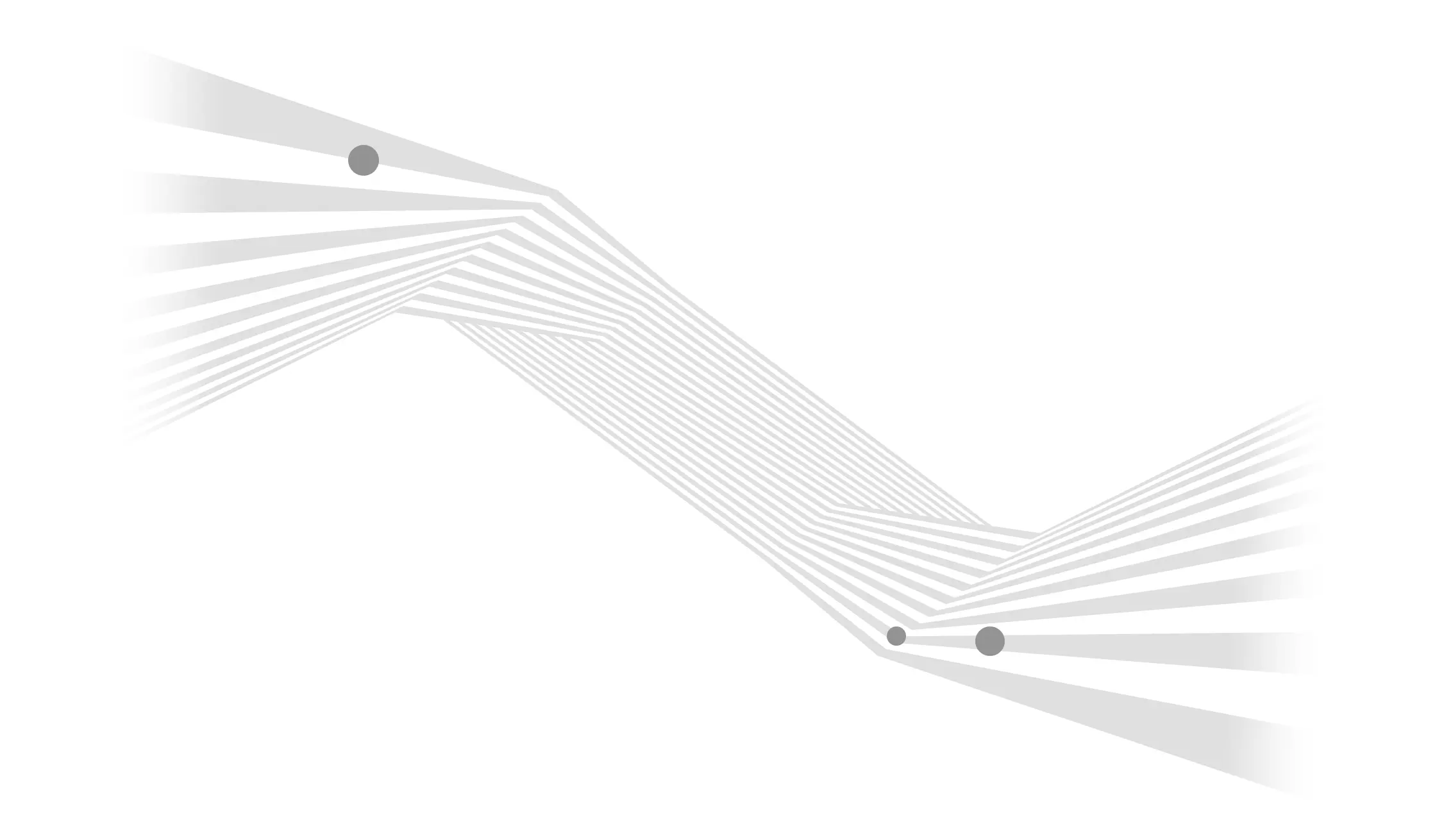When it comes to pay-per-click (PPC) advertising, it is important to choose the best platform that will enable you to reach the right audience at the right cost. Google Ads (formerly known as Google Adwords) and Microsoft Ads (formerly known as Bing Ads) are two popular digital platforms that advertisers choose to target audiences through paid search placement.
When it comes to your brand’s PPC strategy, advertisers will often question whether to use Google Ads, Microsoft Ads, or some combination of the two. To some, Google Ads might seem like the best and only option right out of the gate, but Microsoft Ads certainly shouldn’t be forgotten. And should you choose to leverage either or both, the same strategy and execution won’t necessarily translate seamlessly between channels. So, what is the best PPC strategy for you? Below, we explore how these two platforms compare and contrast.
Search Volume and Competition
According to Disruptive Advertising, Google has almost 75 percent of the market share for online searches compared to Bing at approximately 12 percent. On the surface, this seems like an advantage for Google, but with higher search volumes, comes more advertisers. This can drive up the competition in some markets, which can make it challenging for your ad to show up in the search results and be seen by a greater number of people. When weighing the pros and cons, Google Ads may have more reach, but Microsoft Ads may be easier to rank higher on.
Cost
With lower competition comes lower costs, which is why Microsoft Ads tend to cost less than Google Ads for the majority of keywords. Thee Digital found campaigns on Microsoft Advertising face approximately 36 percent less competition than Google Ads. This can have a large impact on your average cost-per-click (CPC). Research shows that the average CPC on Bing to be $7.99 vs. $20.08 on Google.
Ad Scheduling
Ad scheduling is a tool that allows advertisers to choose the time and day they would like their advertisements shown, as well as schedule times to make bid adjustments. While both Google Ads and Microsoft Ads have scheduling capabilities, keep in mind that they are two separate channels with different ad scheduling settings and data.
The ad scheduling tool in Google, for example, is based upon the time zone you chose when you created your Google Ads account. This is important to keep in mind when targeting different time zones. If you’re running ads in New York and California, for example, it may be best to create separate campaigns for each time zone.
Time zones are not as much a concern for Microsoft Ads. Rather, scheduling is based on the location of the person viewing the ad. This means that separate campaigns are not necessary when targeting multiple time zones.
Search Partner Networks and Targeting
Google Ads and Microsoft Ads both have search partner networks. These are other sites that allow advertisers to expand the reach of their search network ads beyond the main domains. For example, YouTube is a search partner of Google and Yahoo is a search partner of Microsoft.
Google’s Search Partner Network includes hundreds of websites, and by default, Google automatically includes your campaign in the Search Partners setting. You can deselect this feature, but you cannot pick or choose which search partners you want. It is all or nothing!
Microsoft Ads, on the other hand, allows advertisers to separate search partners by “owned and operated” and “syndicated search partners.” You also can use the “target only” method for your ad groups, which allows you to compare performance between partners. These settings can greatly help with optimizing campaigns for maximum performance.
In-Market Audiences for Search
In-market audiences allow advertisers to adjust their display campaigns to reach people further down the funnel by connecting ads to consumers who are actively researching products and services. Google Ads and Microsoft Ads both allow advertisers to add in-market audiences to campaigns; however, their categories and sub-categories vary significantly between platforms. For example, Microsoft has a “Social” category with subcategory options like “Romance & Relationships” or “Takeout & Delivery.” Google, on the other hand, does not have these options, but does have a “Travel” category with subcategory options like “Car Rental” or “Cruises.”
Targeting Other Languages
Google Ads allows advertisers to target up to 40 different languages, compared to Microsoft Ads, which only allows advertisers to target 12 different languages. If your brand is trying to reach a diverse audience, this can be extremely limiting.
Choosing the Best PPC Strategy
Both platforms have pros and cons, but overall provide great tools for running successful PPC campaigns. If your budget allows, the best strategy is to use Google Ads and Microsoft Ads simultaneously. The two platforms can help you extend your reach and connect with your target audience.
If your budget is tight and you cannot stretch it across two platforms, pay close to attention to the details. The six key differences listed above can help you determine the best platform to use for your campaign.
Need help optimizing PPC campaigns or choosing the best digital advertising platform for you? Aztek’s team of digital marketing experts can help! We’ll research the best opportunities for your target audience and consider business goals before suggesting the most appropriate channels and ad formats. After the initial discovery, we’ll then work with you to create a digital advertising strategy tailored to your KPIs with suggested audiences, targeted search terms, and examples of ads. Once the campaigns are up and running, we’ll continue to optimize your paid advertising accounts on an ongoing basis to get the best performance and return on investment.
Contact us today to see how we can maximize your digital advertising efforts.


